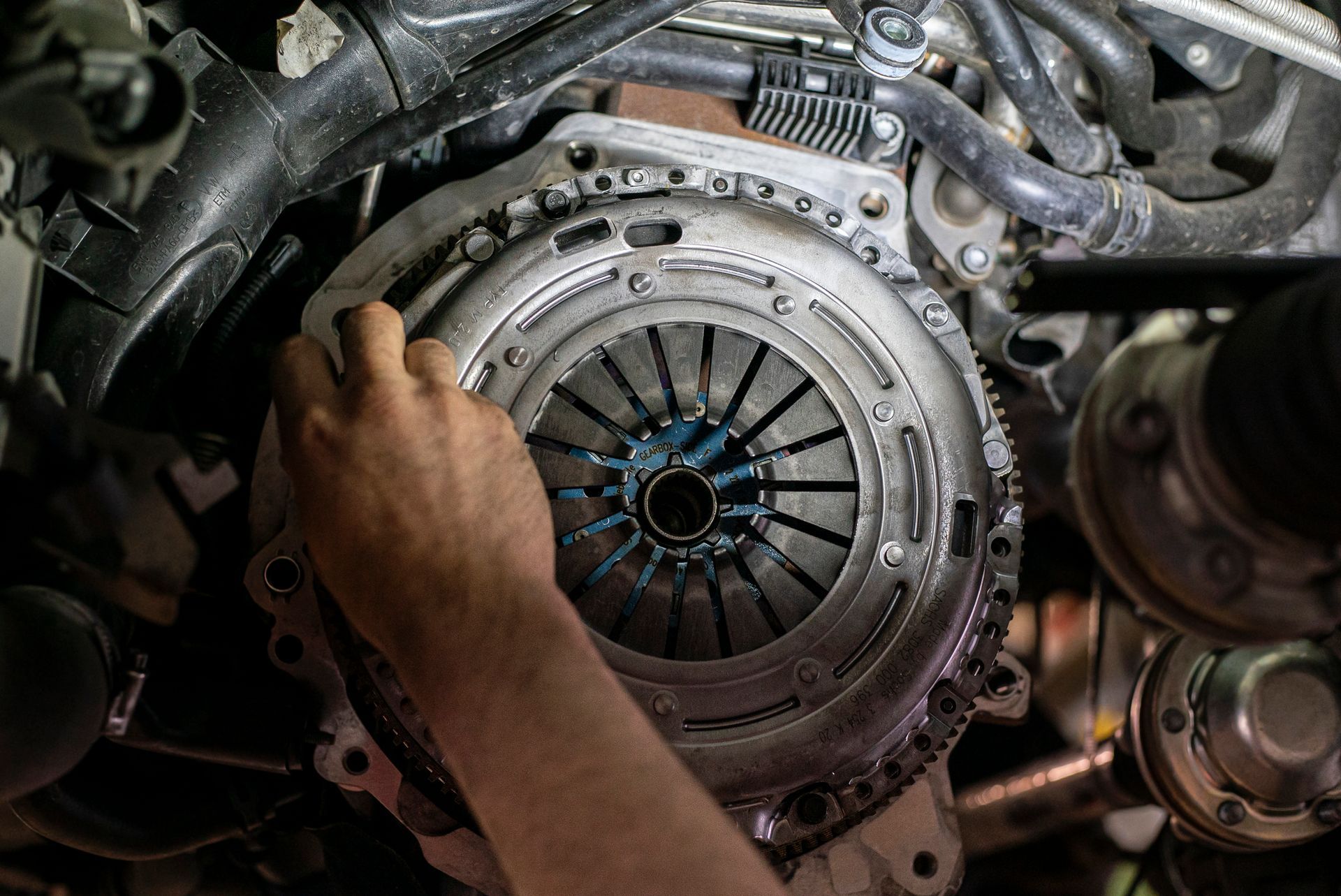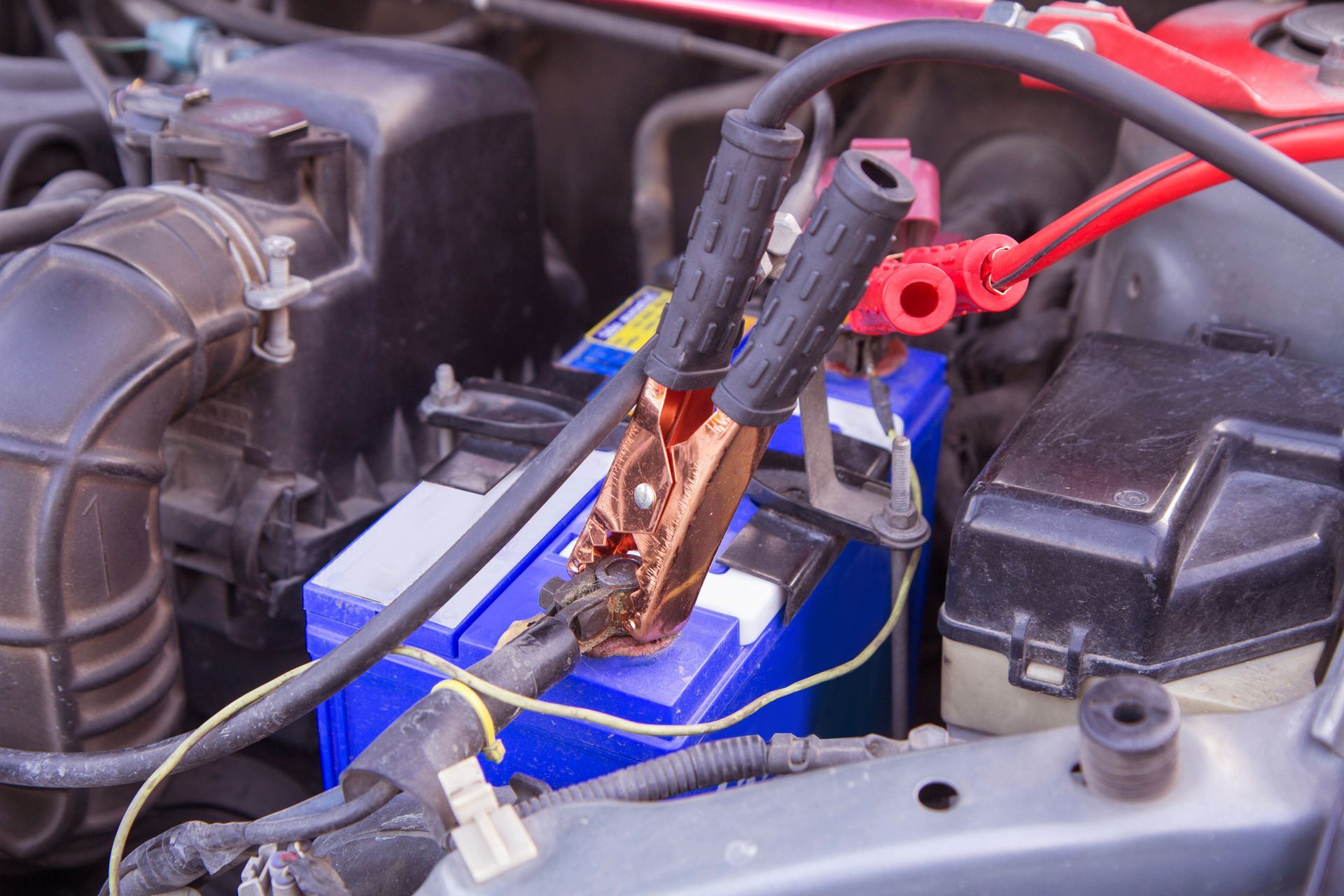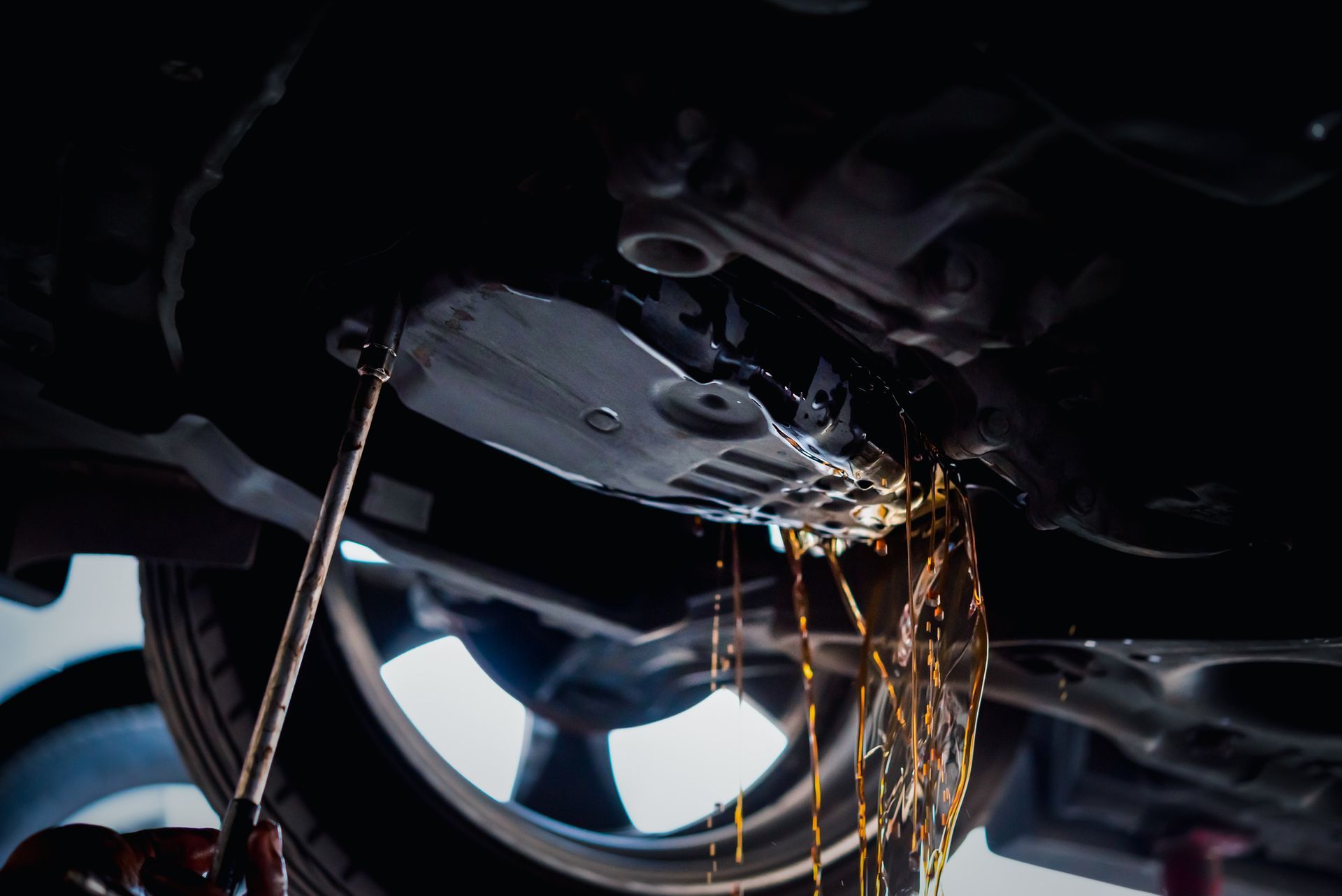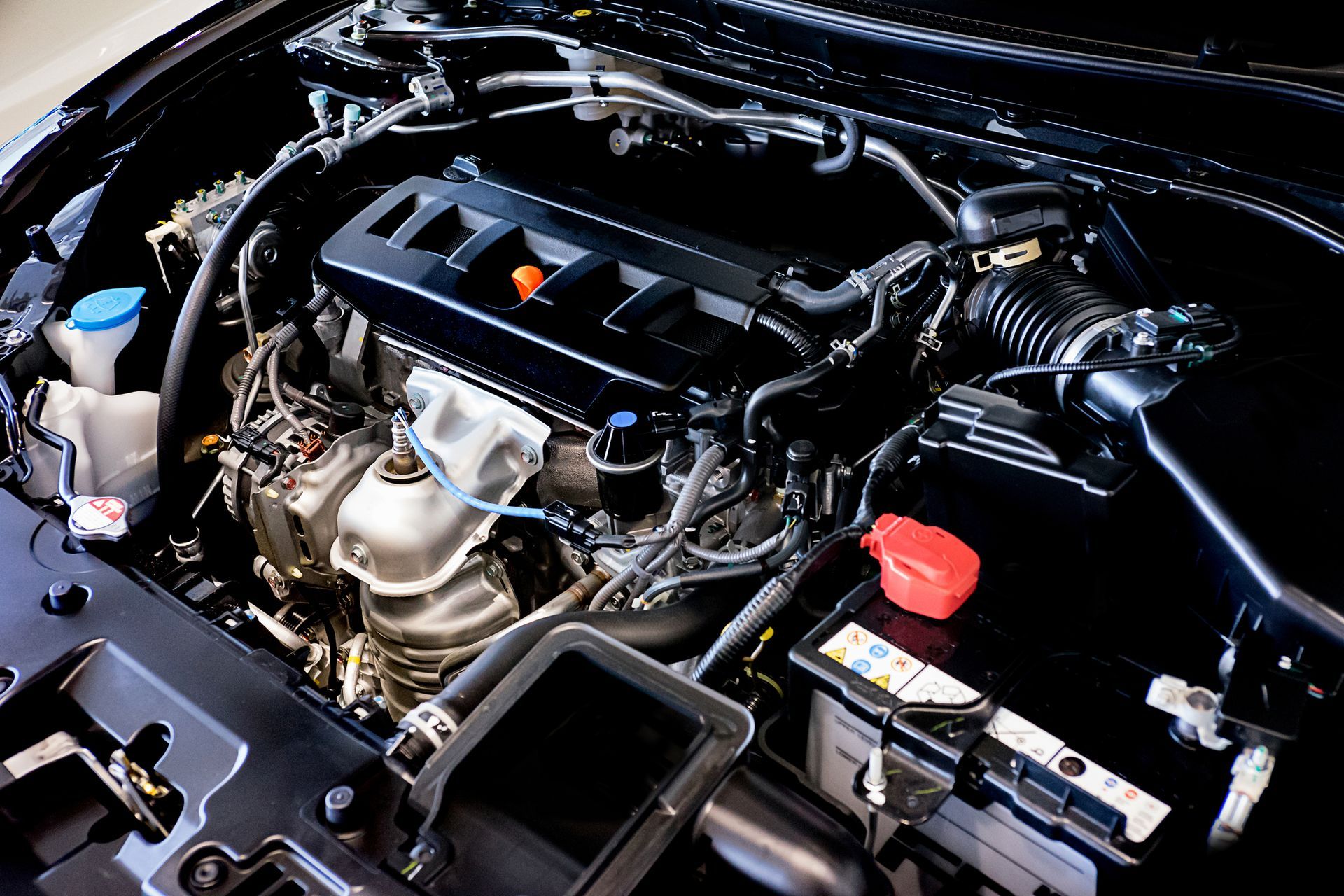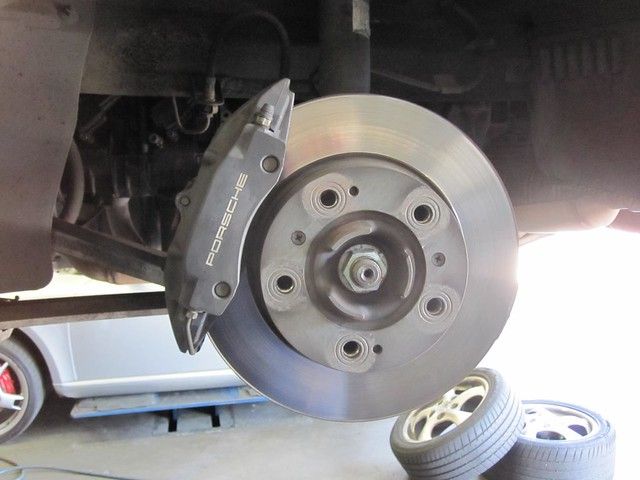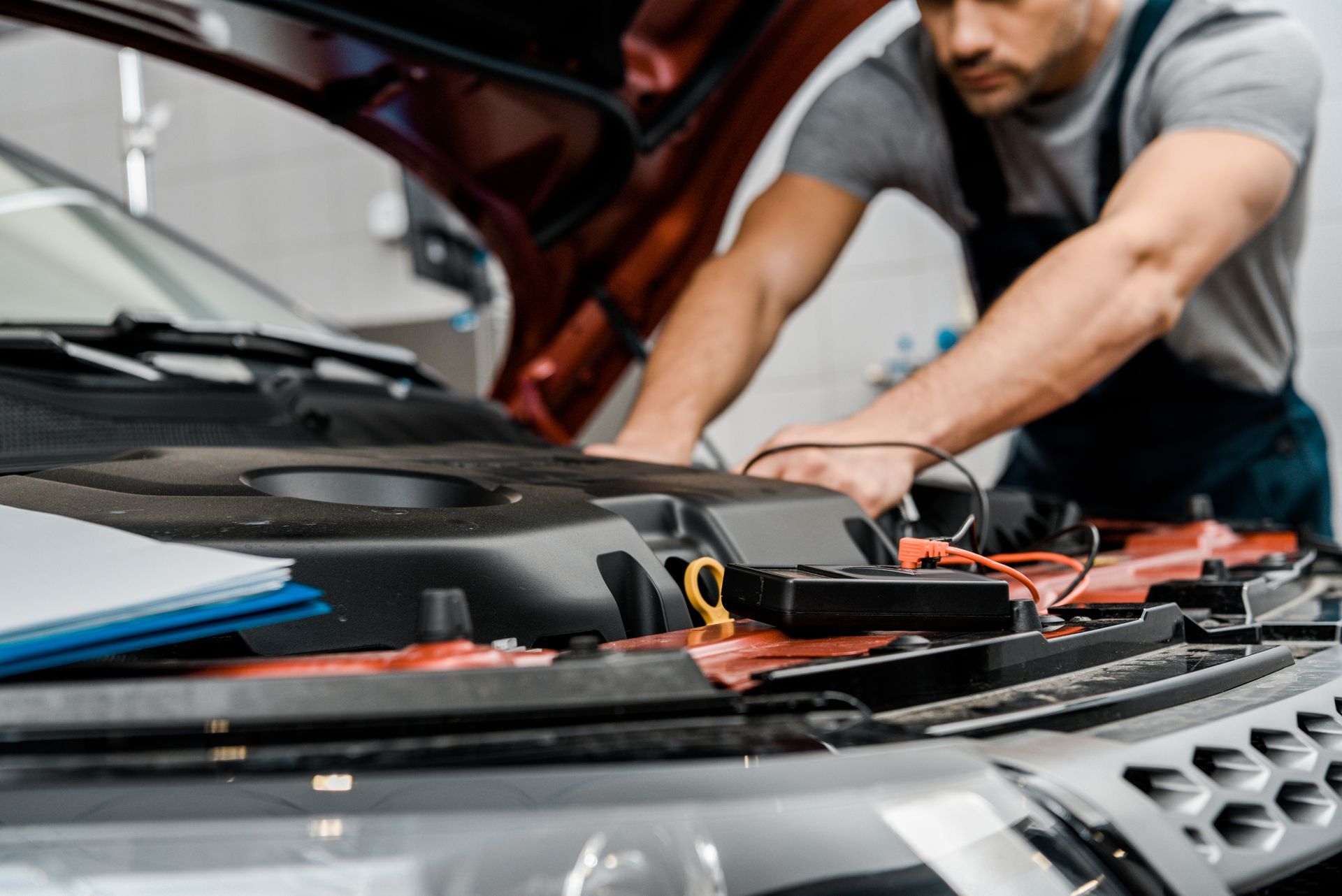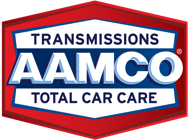How To Maintain a CVT Transmission – Help Your Car Live Longer
You might not know this, but Continuously Variable Transmissions (CVTs) have been pretty much around since the 1800s. They have been used all through the 20th Century in various farm equipment and even riding mowers. At the beginning of the 21st century, auto manufacturers in a bid to make more fuel-efficient units turned to CVTs due to its buildup having fewer parts, which meant less friction than your typical transmission system.
Most modern vehicles today come with the advanced, efficient CVT transmission, and just like any other transmission system, it’ll need some maintenance from time to time from a professional mechanic. However, since the CVT transmission is much different from your regular automatic transmission, its maintenance is quite different too. Fortunately for you, we’ll highlight what you need to know.
Related: How to Maintain Your Car’s Transmission
Related: Reasons Why Your Transmission Is Slipping
Related: Troubleshooting Your Transmission
How does a CVT transmission Work?
A CVT Transmission system does away with gears entirely, and instead of having two gears, this system uses two pulleys connecting to a belt. The engine turns one pulley while the other pulley connects to the rest of the transmission wheels. Here’s where the magic happens, the size of the pulley can change from small to large, as well as indefinite sizes in between.
On the drive, the engine’s pulley is small and the other one is large. As your vehicle gains momentum, your engine’s pulley smoothly retracts in size, while the other pulley gains size. In effect, you will be changing gears all the time. There are several ways of achieving the variation in pulley sizes, however, the fundamental principle remains the same.
What Services Does My CVT Transmission Require?
Just like any other automatic transmission system , your CVT gearbox will need a flush occasionally. If you don’t perform a flush as required, it could break down too far to lubricate the metal gears as they mesh together, risking serious damage to the transmission. Apart from that, the CVT belt might need replacing if it becomes stretched after extensive use. The best way to take good care of your CVT transmission is to have it checked periodically by a qualified mechanic such as one from AAMCO Utah.
How Can I Care for My CVT?
There are several things you need to do to make sure your CVT powered automobile lasts for a long time. Your vehicle, like any other appliance you use, is susceptible to damage that will cost you a fortune in case you fail to give it proper care. While CVTs are fairly simple to operate, and it gathers quite the following due to its efficiency and working, it’s also the easiest transmission to break in case you fail to take proper care of it. The following are a few tips on what you need to do in case you own a CVT-powered car.

- Overheating : It’s a major concern when it comes to CVTs; therefore, it’s vital that your vehicle has ample fluid. However, you need to ensure when adding fluid that it shouldn’t be more than 75% or about ¾ of the reservoir. It needs to be right at the cross-hatch marks. Overfilling your transmission reservoir will aggravate the situation. Getting a qualified mechanic to service your vehicle periodically will go along way in preserving your transmission.
- Fluid change schedule : The fluid change schedule largely depends on the type of vehicle you own; however, most vehicles need a change after the 100,000-mile mark. Check your owner’s manual for the exact range or visit your local auto care center.
- Overloading : Don’t overload your vehicle since it will put considerable strain on your CVT belt due to excessive heat. If possible, stick to your suggested factory set weight for your vehicle.
- Mudguard : While ignored, your front mudguard serves an important function in a CVT transmission vehicle. Ensure it’s well situated since it helps prevent dust from accumulating on your CVT.
- Adopt good driving habits : When driving on a hill, avoid using the throttle to hold yourself, instead, hit the brakes to resist backward motion, and once you have released it, hit the throttle again. Also, just like any other automatic transmission vehicle, do not neutral stop your vehicle, it could damage your CVT.

How Often Do I Need to Have My CVT Checked?
The regularly scheduled maintenance for a CVT transmission is a fluid inspection. A rule of thumb is to have your CVT transmission inspected every 30,000 miles at your local Utah transmission repair center. After extended use, your CVT will need to be flushed, but it can last up to 100,000 miles or more depending on your vehicle.
Visit your local AAMCO Utah service center , and we will go that extra mile for you. In case you need to schedule an appointment in advance, contact us immediately, our technicians won’t hesitate to assist you. We are a leading auto care service specializing in CVT repair and maintenance. We also offer a wide range of services, including Auto tune-up service; Factory recommended service, Transmission Repair Service, Oil Change Service, Air Conditioning, Electrical Inspection, Brake system maintenance, and service and many more.
The post How To Maintain a CVT Transmission – Help Your Car Live Longer first appeared on AAMCO Utah Transmission Repair and General Car Repair.
Share
